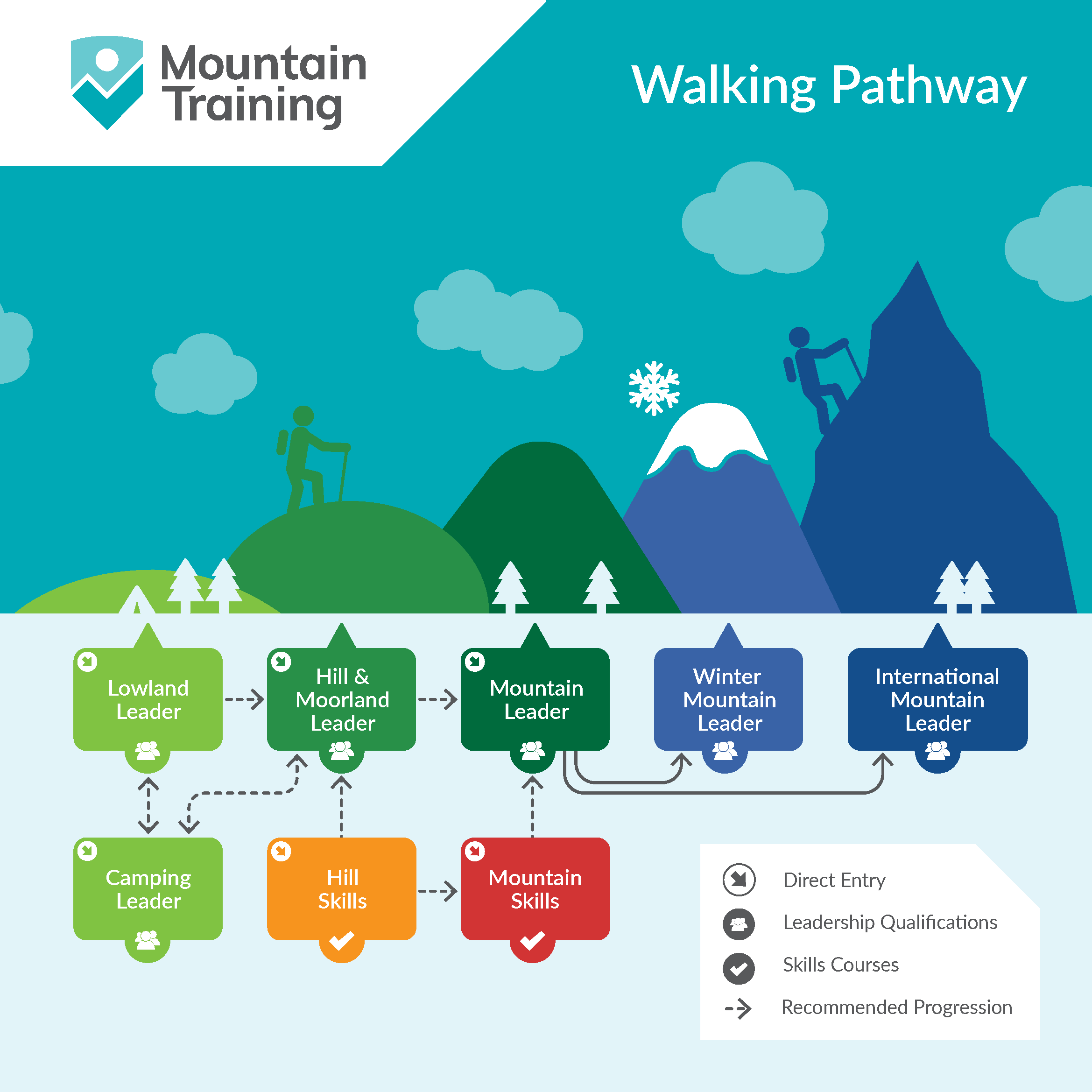
Mountain Leader Training
Days
6
Category
Mountain Training Courses
Location
Lake District
Ratio
1:6
Cost
£450 per person
Detailed information
Or ask a question.
Aim
If you want to promote the safe enjoyment of the mountains, hills and moorland. Our Mountain Leader courses provide the technical and group management skills required to lead groups in the United Kingdom and Ireland. The Mountain Leader (ML) award is the benchmark qualification to lead people of any age and is standard for safety and good practice when leading groups in the mountains.
The Mountain Leader Training is a pre-requisite before doing the Mountain Leader Assessment and becoming qualified.
While on your ML Training with us, you will gain experience in a variety of testing conditions in the mountainous regions of the Lake District.
Course Content
Main topics are:
Group management
Navigation
Access and the environment
Hazards (including steep ground and rivers) and emergency procedures
Equipment
Expedition skills
Weather
Background knowledge
Pre-requisites
Register with Mountain Training
Once registered
You need to have at least twenty quality mountain days (QMD) logged on your online logbook (aka DLOG). – These days can be prior to your registration.
For more information please visit the ML Award FAQs page or see: Mountain Leader Training course Pre-Requisites
Itinerary
The following itinerary for the six-day Mountain Leader training is provisional and is dependent on the weather, access, and the learning requirements of candidates.
Day 1 • Mountain day:
9:00 – Meet at Mountain School UK
Introductions and coffee
Course outline – the scope of the scheme, the role of the Mountain Leader, policies and procedures, plan for the course ahead.
11:00 – Navigation skills (time of year dependent, walk into darkness)
Introduction to teaching navigation, use of compass, different map scales,
navigation strategies, contour interpretation, mapping devices, GPS and smart phones.17:00 – Return to Mountain School UK for tea and cake
17:30 – 19:00 – Mountain Weather
Day 2 • Mountain day:
9:00 – Meet at Mountain School UK
Mountain Day – Route choice and selection, group pace, group management,
navigation techniques, mountain history, environment and education.17:00 – Return to Mountain School UK for tea and cake
17.30 – 19:00 – Environment & Access Quiz
Day 3 • Rope work day:
9:00 – Meet at Mammut Mountain School UK
Rope work day – emergency use of rope, belaying, building an anchor, abseiling
and confidence roping.River crossings, leaders pack, first aid, emergency procedures and remote
supervision.17:00 – Return to Mountain School UK for tea and cake
17.30 – 19:00 – Legal & the liability of the Leader
Day 4 • Mountain day:
9:00 – Meet at Mountain School UK
Mountain Day – steep ground journey day – route choice and timings, managing a
group on steep ground, scenarios of looking after people on steep ground, both
roped and unroped.3:00 – Return to Mountain School UK for tea and cake, and to prepare and pack for the expedition
17.30 – 19:00 – Route planning
Day 5 • Expedition:
9:00 – Meet at Mountain School UK
Ready for two-day expedition
Expedition Day – Expedition skills, poor vis navigation, re-location, looking after a
group on expedition and camp craft skills.
Day 6 • Expedition:
9:00 – Continue with expedition
16:00 – Return to Mountain School UK
Debrief with an assessment preparation plan and close of course
What’s provided?
Or ask a question.
WE provide…
Instruction.
Technical Kit (Helmets, Harness, Climbing Hardware & Ropes etc).
Pre Course Information.
Action plan for moving forwards at the end of the course.
YOU provide…
*Anything with asterisk can be rented from us if arranged 14 days in advance (subject to availability).
-
-
Fully waterproof Jacket and trousers are essential. The Jacket should have a good hood and taped seams. The Mammut Convey Tour HS Hooded Jacket (Men’s and Women’s) is a good example.
The trousers should fit over your other leg wear and boots. The Mammut Albula HS Pants (Men’s and Women’s ) are a good example.
-
-
-
-
Non cotton skin to layers are recommended. The Mammut Trift range is a good example.
-
Warm cushioned socks with a high wool content are idea. Darn Tough Midweight Hiker Boot Cushion Socks are a good example.
-
A simple warm beanie is ideal. Like a Mammut Fleece Beanie. In hot weather bring a sun hat as well.
-
Warm and quick drying gloves are idea. Mammut Fleece Glove is a good example.
-
These are useful and versatile extra items of clothing. The Mammut Merino Neck Gaiter and the Mammut Balaclava are good examples.
-
The Silva expedition 4 compass is recommended.
-
This Harvey BMC mountain map of the Lakes is required for teaching navigation on different scales of map.
-
You will need a map case or laminated versions of theses maps to keep them dry.
-
Needs to be tough, reliable and waterproof. A simple digital watch or a modern sports smart watch will do.
-
A whistle for emergences should be loud and pea less. The Acme Slimline Tornado is a good example.
-
A head torch should be bright, easy to use and weatherproof. A Petzl Tikka core is a good example.
-
A Rucksack needs to be simple and robust. For a one day courses the Mammut Trion Nordwand 38 (Men’s and Women’s) is a good Example. For wild camping it should between 45 and 65 litres in volume. Depending on the bulk of your equipment. The Mammut Ducan Spine 50-60 is a good example.
-
Keeping your equipment dry is essential. This can be done by lining your rucksack with a large dry bag or robust plastic bag. An alternative is to use a number of smaller drybags like the Mammut Drybag Light to pack things separately.
-
Should contain small number items to just to deal with very minor injuries and blisters. The Mammut First Aid Kit Light is a good example.
-
Bring all the medication and basic toiletries you would normal need for the duration of the course.
-
Foods which contain a mix of carbohydrates and are quick and easy to eat in adverse conditions are best of most people. In winter look for foods which will not freeze solid. Simple sandwiches and trail bars are good. When camping look for modern dehydrated expedition food which light and convenient.
-
Needs to be robust and leak proof. A Nalgene water bottle is good example. Carrying at least two litres is a good idea in hot weather.
-
A sleeping bag should be compact and have a good warmth to weight ratio. The Mammut Nordic Down 3-Season is a good a example.
A sleeping mat will insulate you from the ground. The Term-a-rest NeoAir is a good example.
-
A good tent for British conditions needs to be lightweight, roomy and weather resistance. The Nordisk
Halland 2 LW is a good example. -
A simple light wieght gas stove is the best option. The MSR Pocket Rocket 2 is simple option.

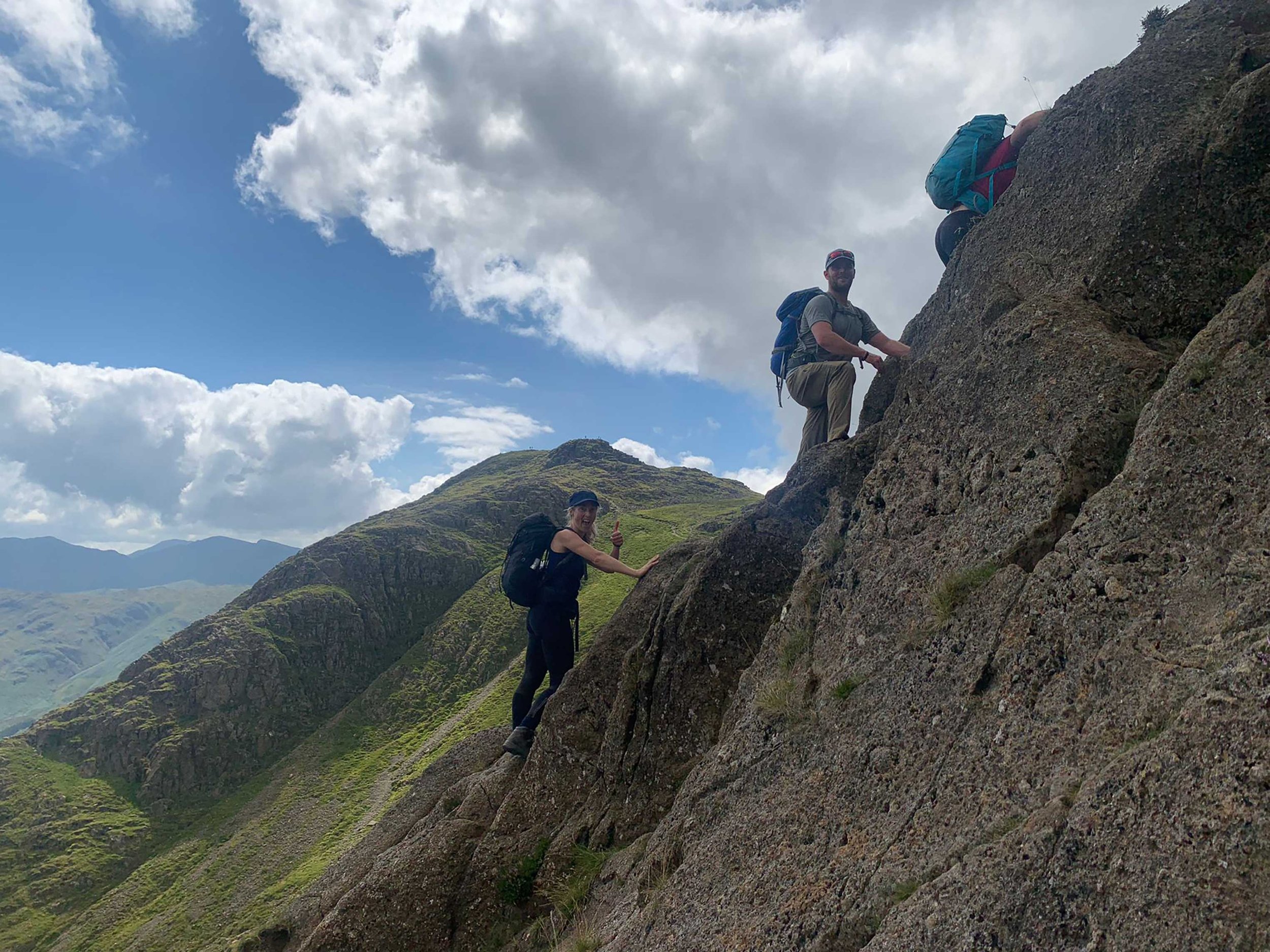


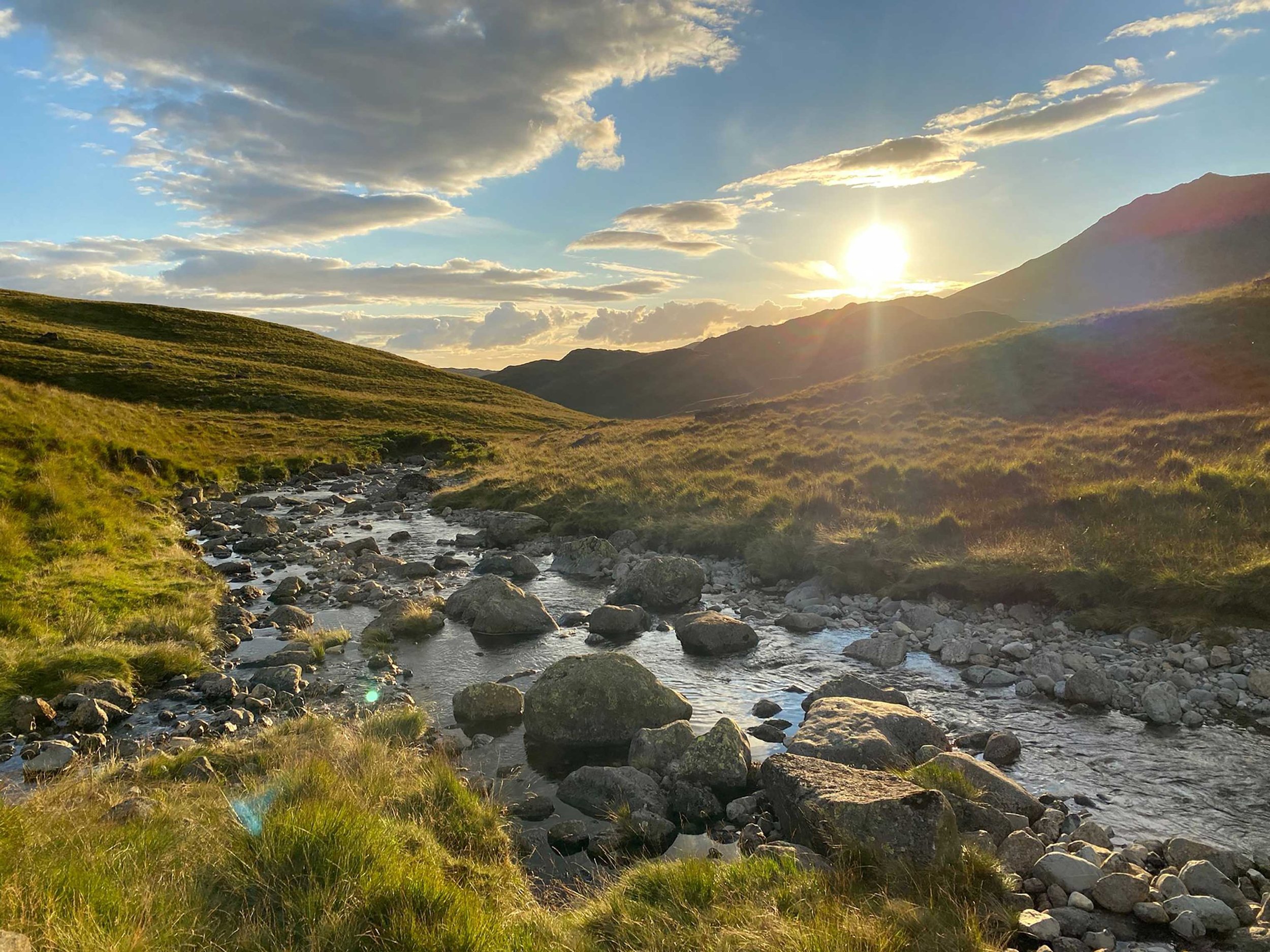




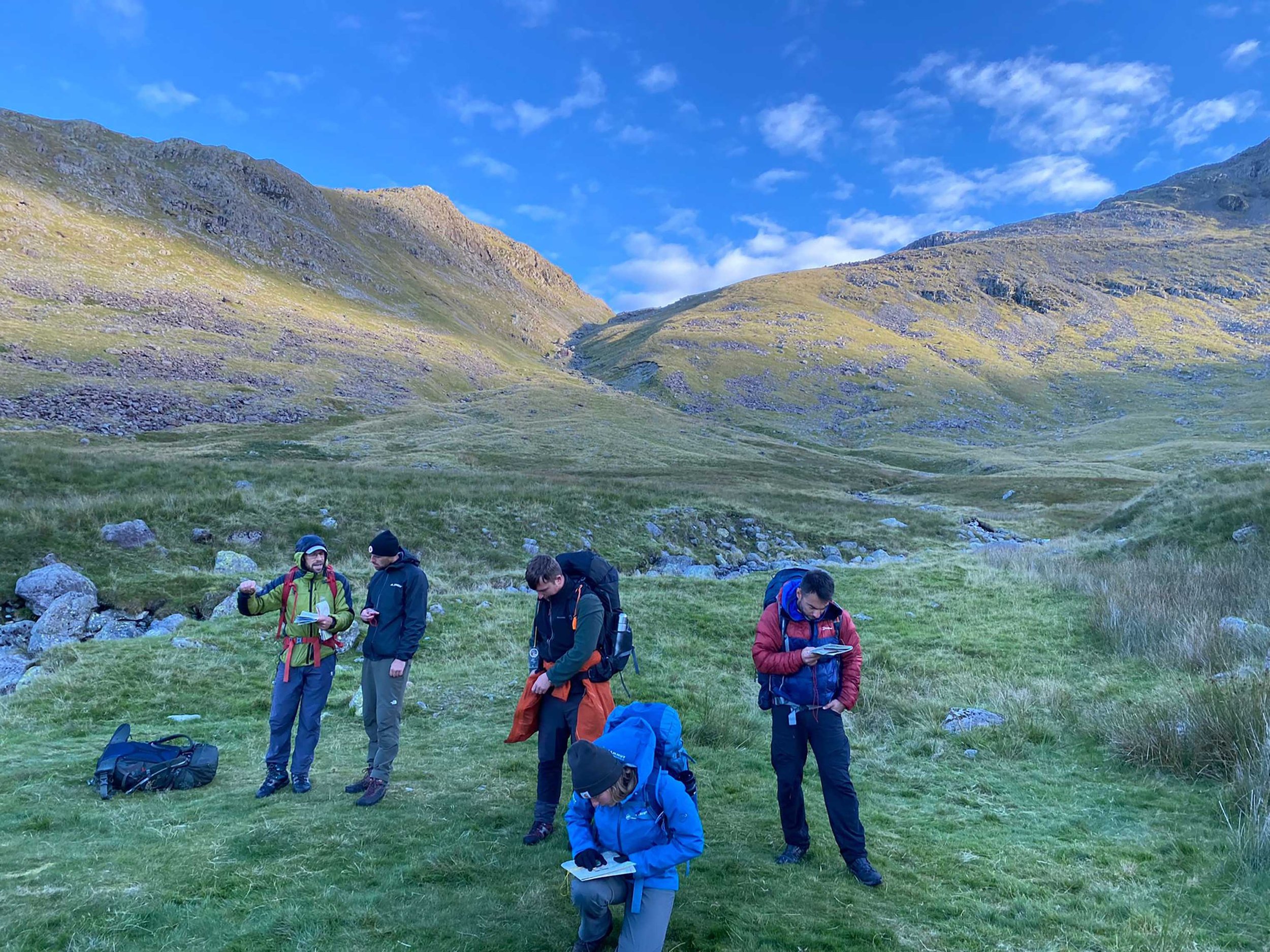

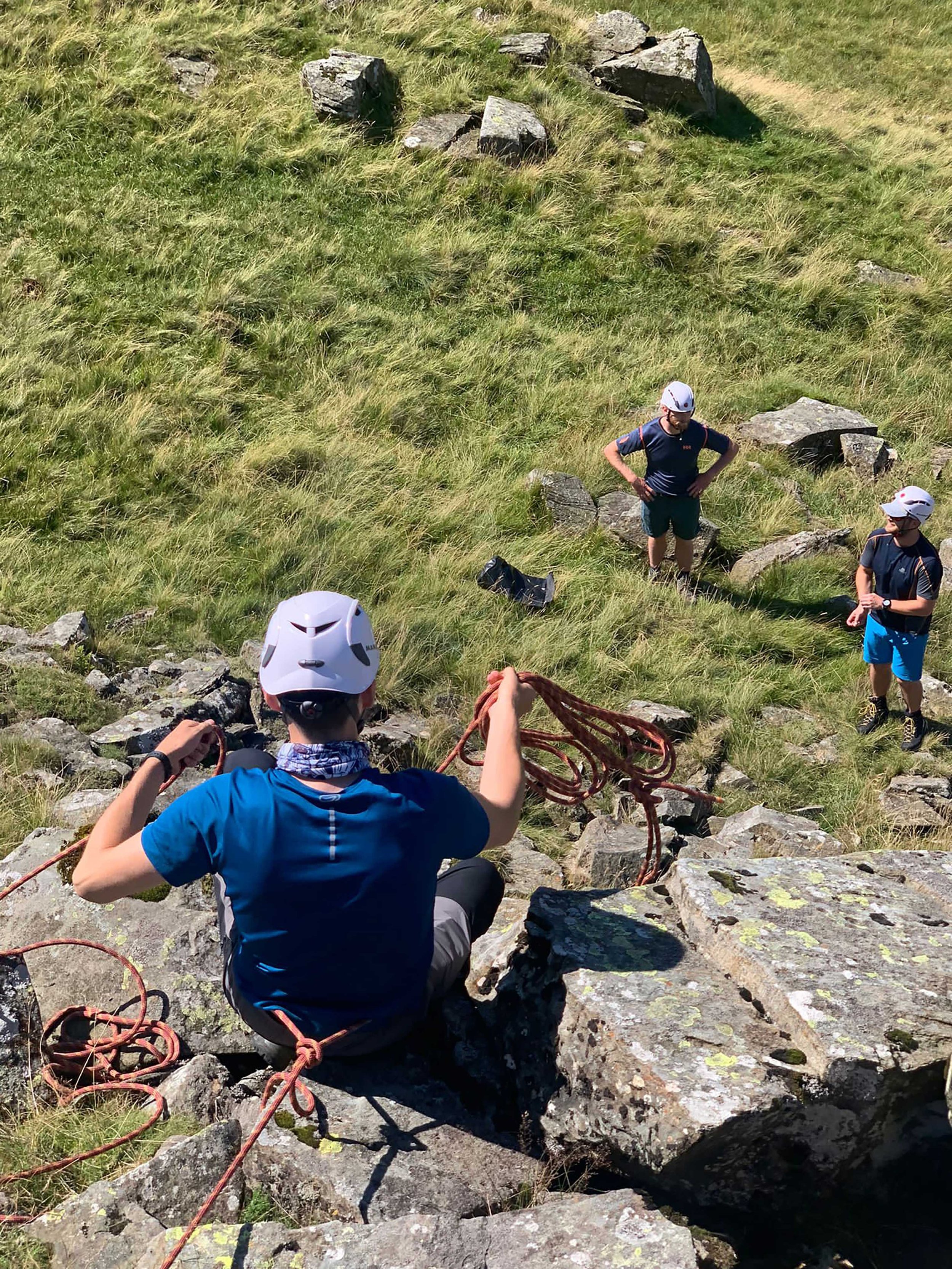



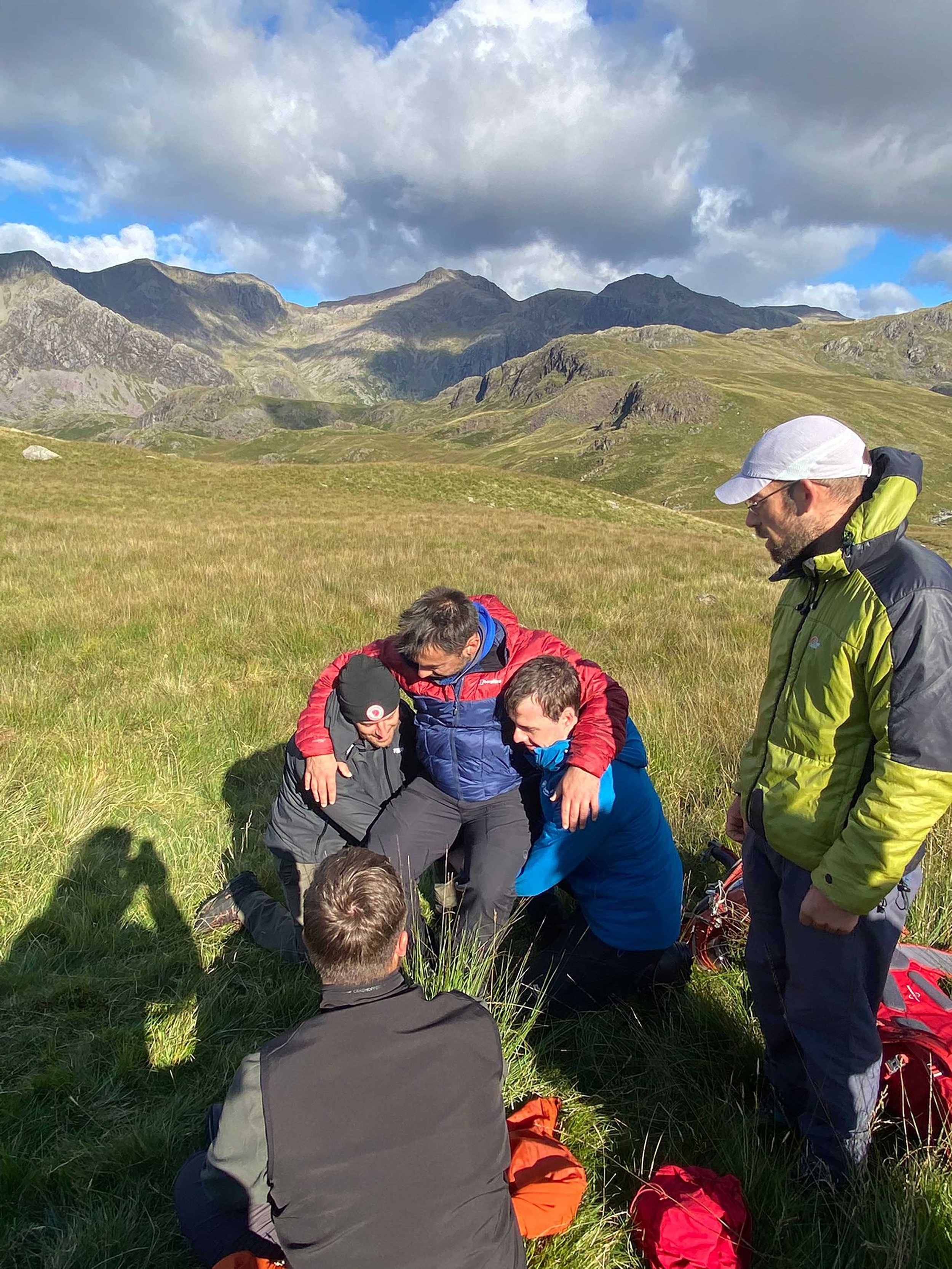










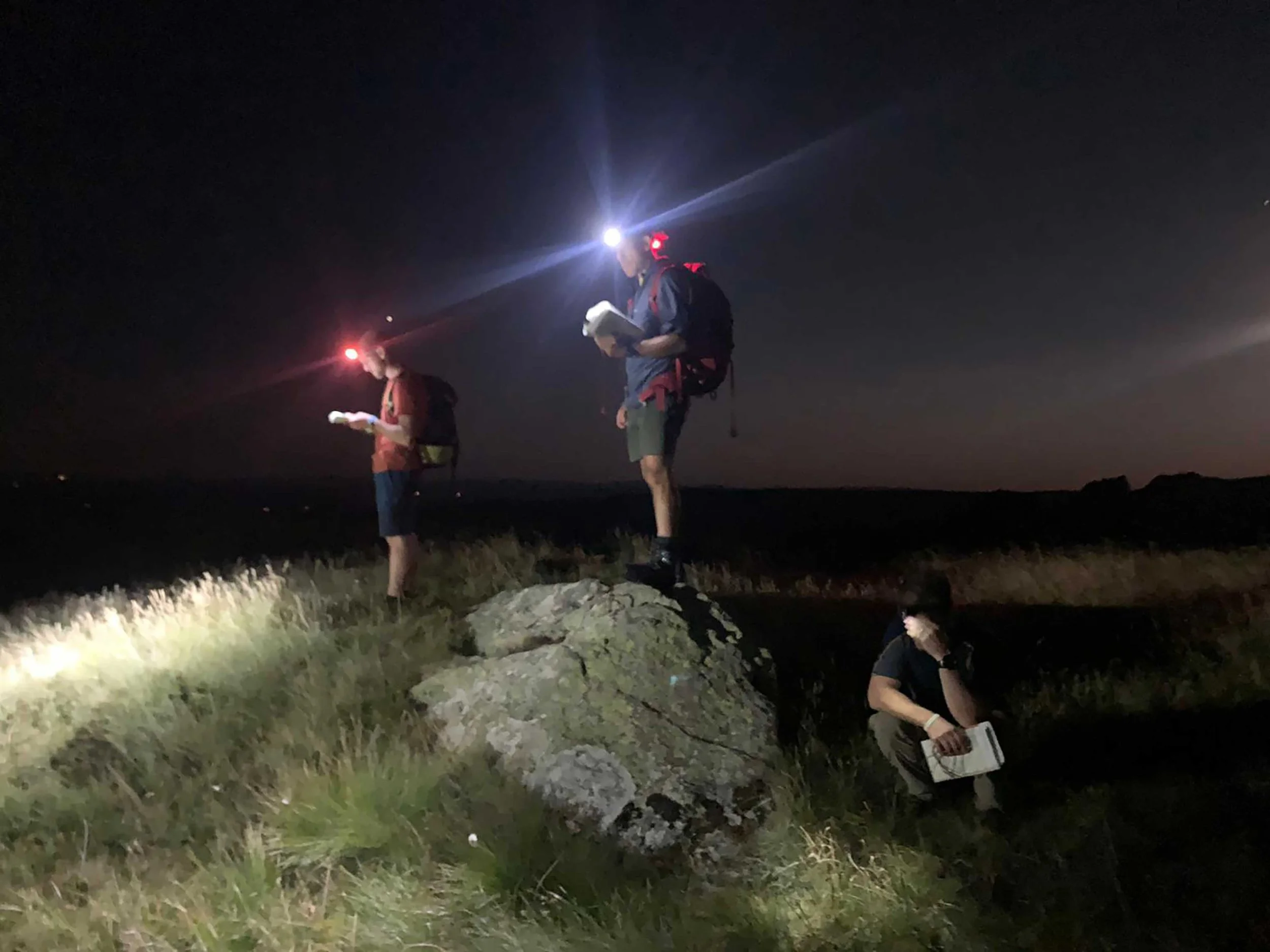
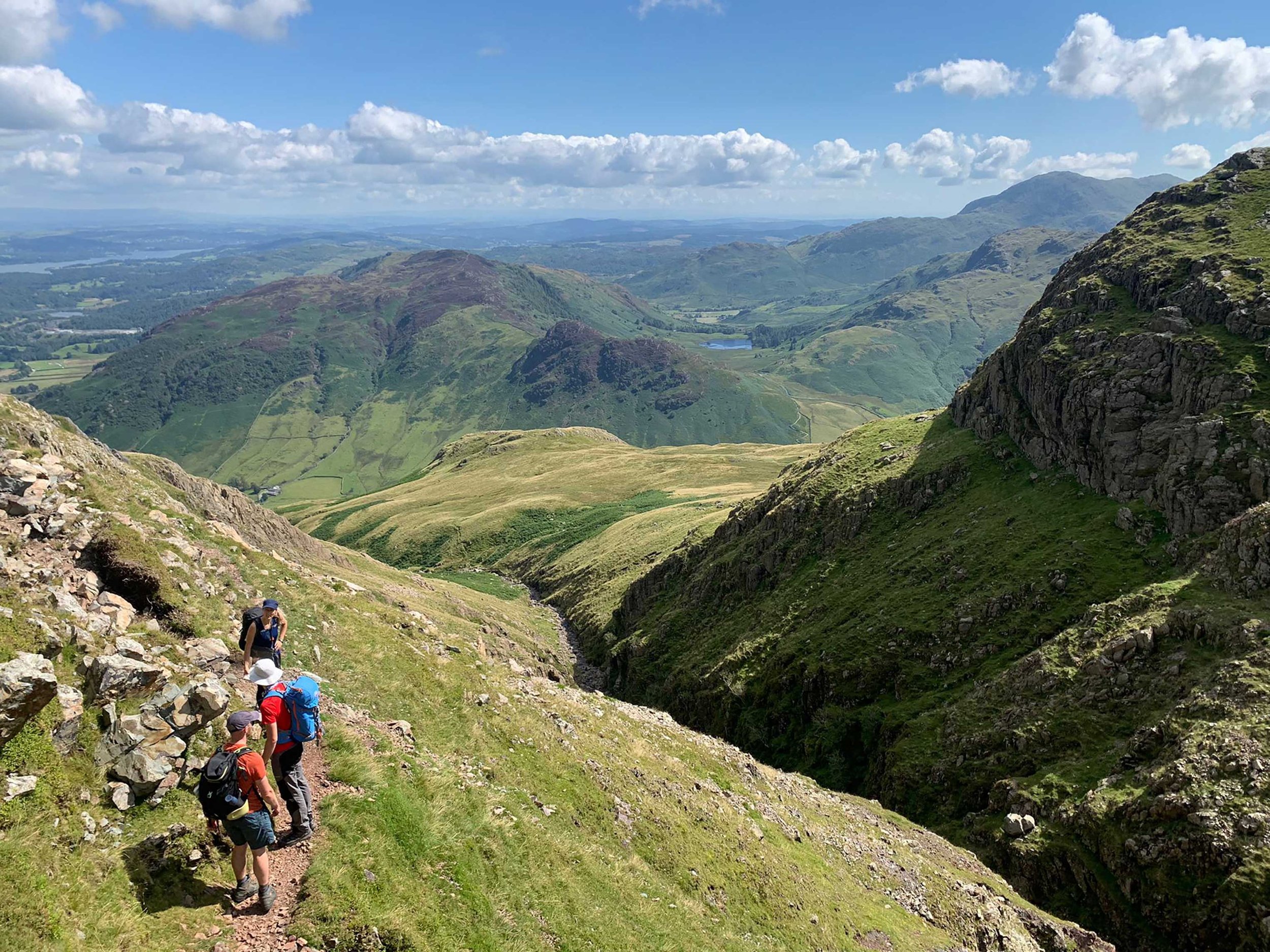










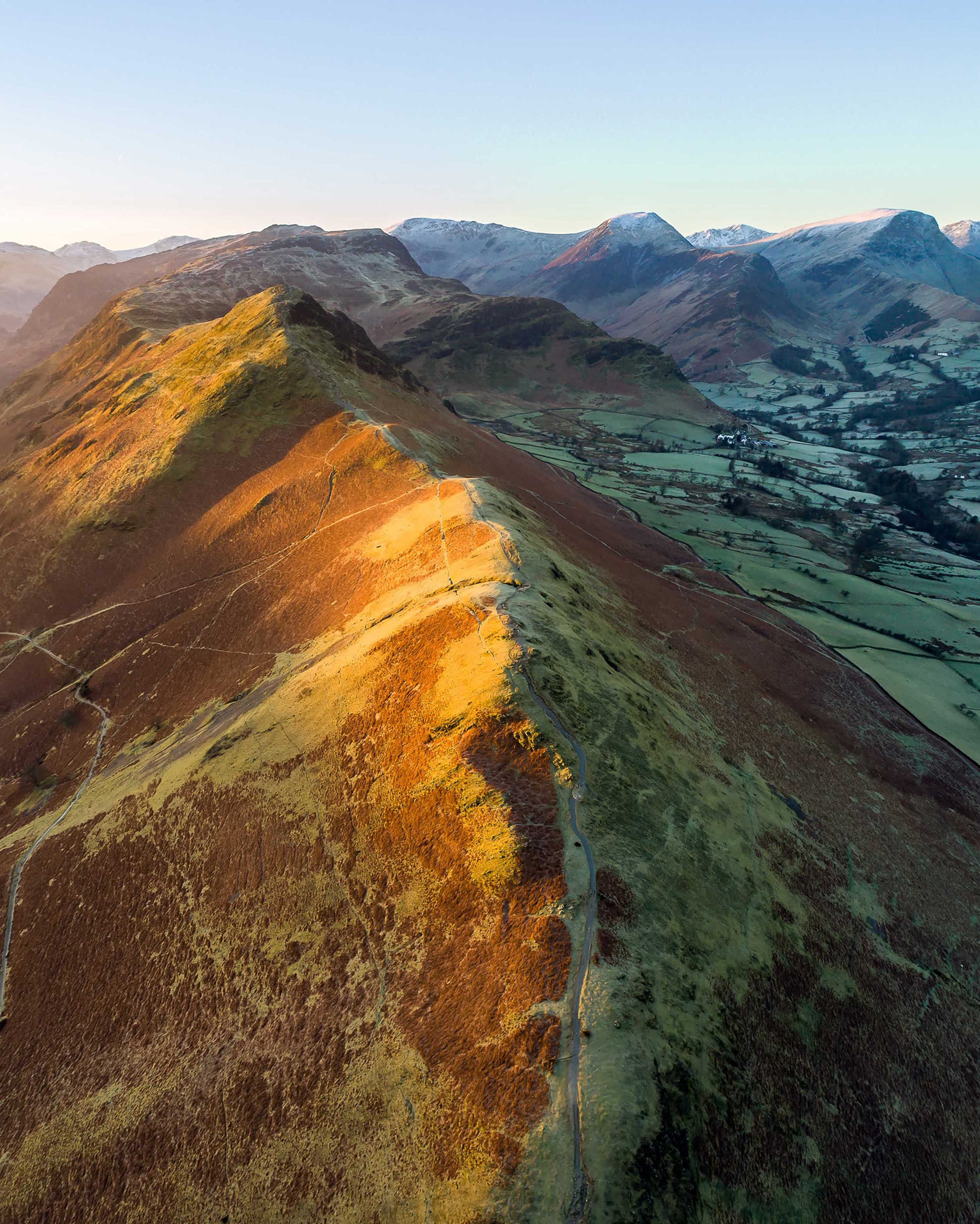








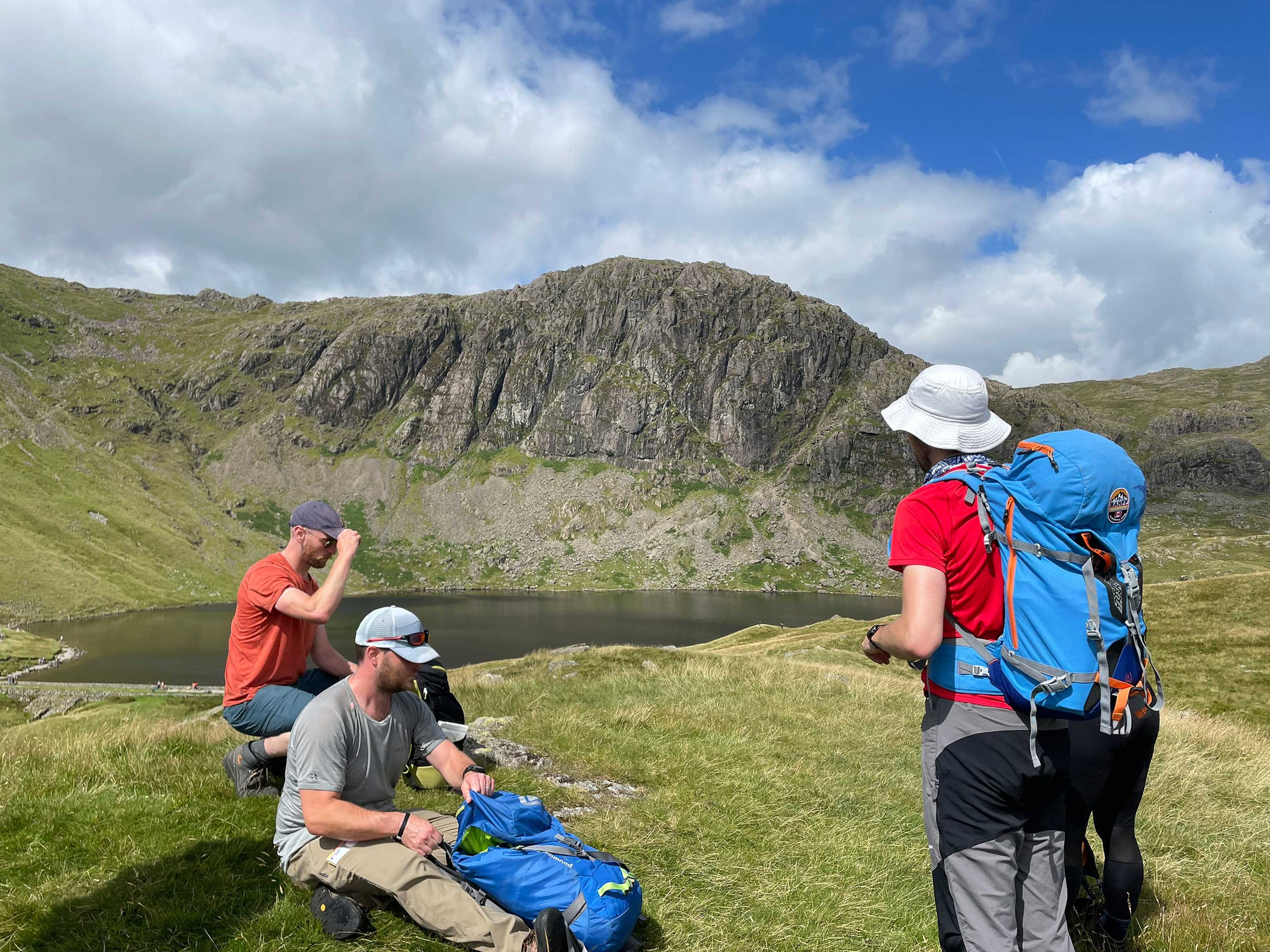
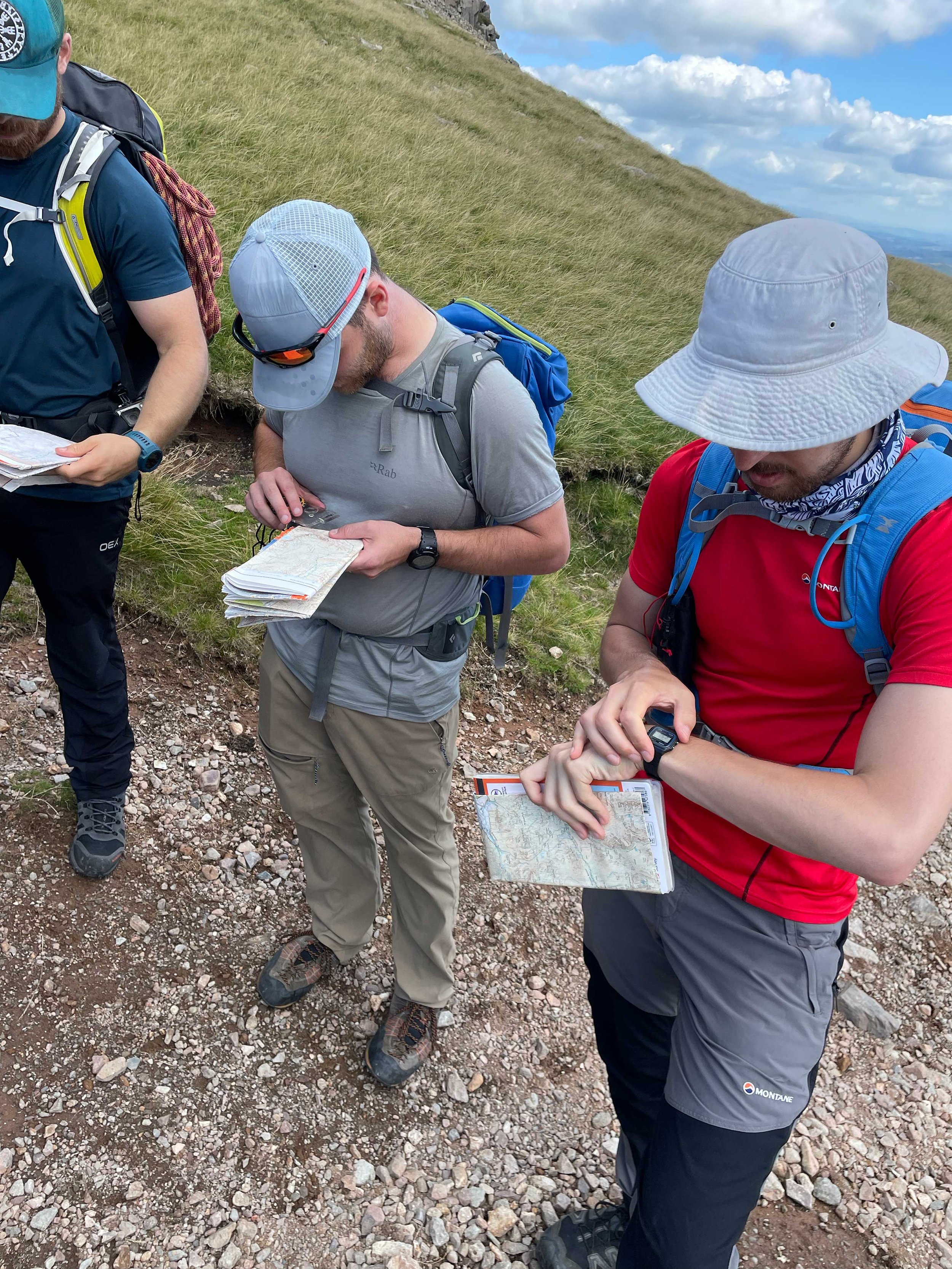














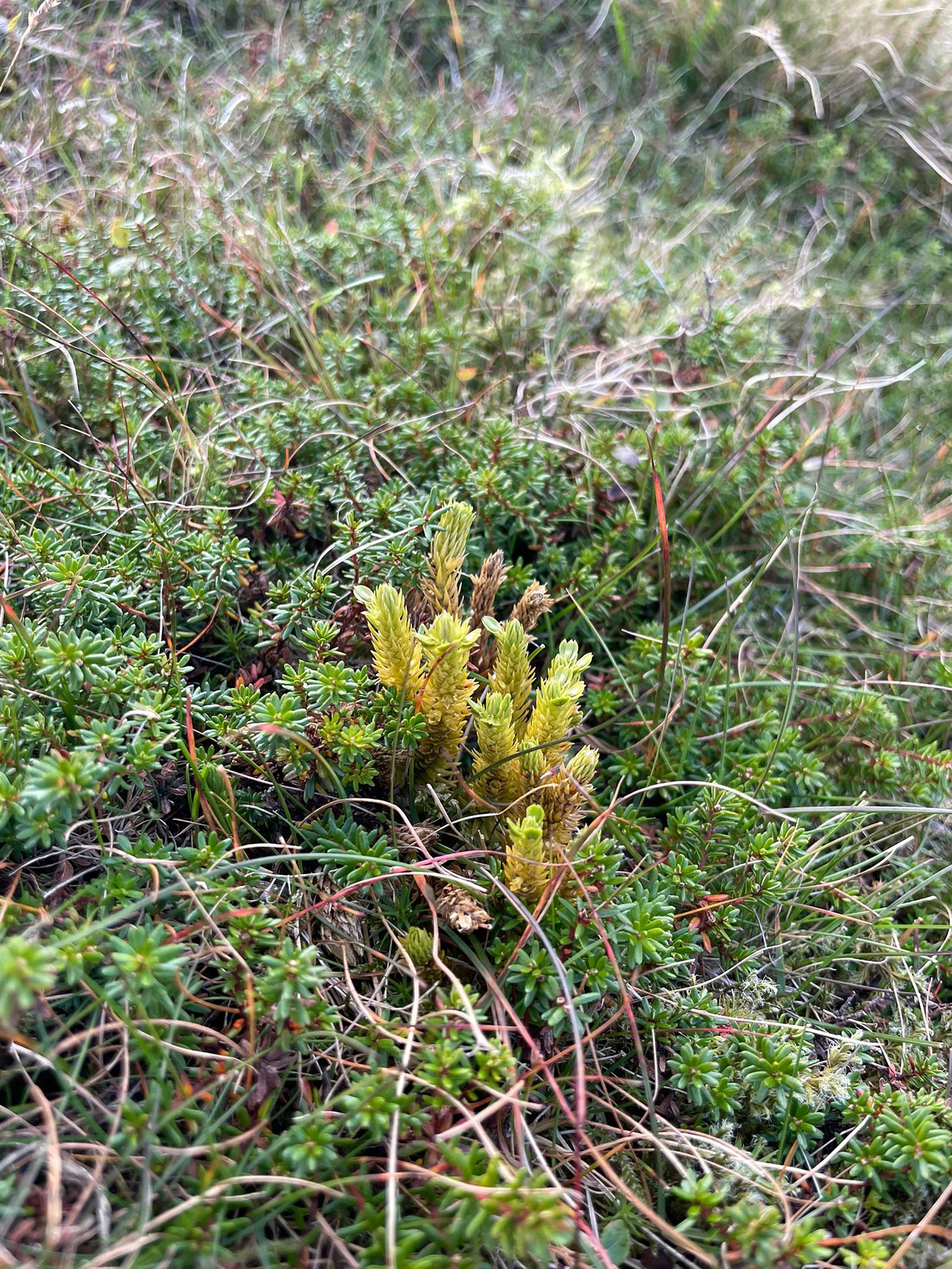







Mountain Leader Training
Book a date
Upcoming Course Dates
Select from the available dates for this course in the drop down below
Make an Enquiry
If you have a question about the Mountain Leader Scheme or the pre-requisites please feel free to ask and we get back to you as soon as possible.



